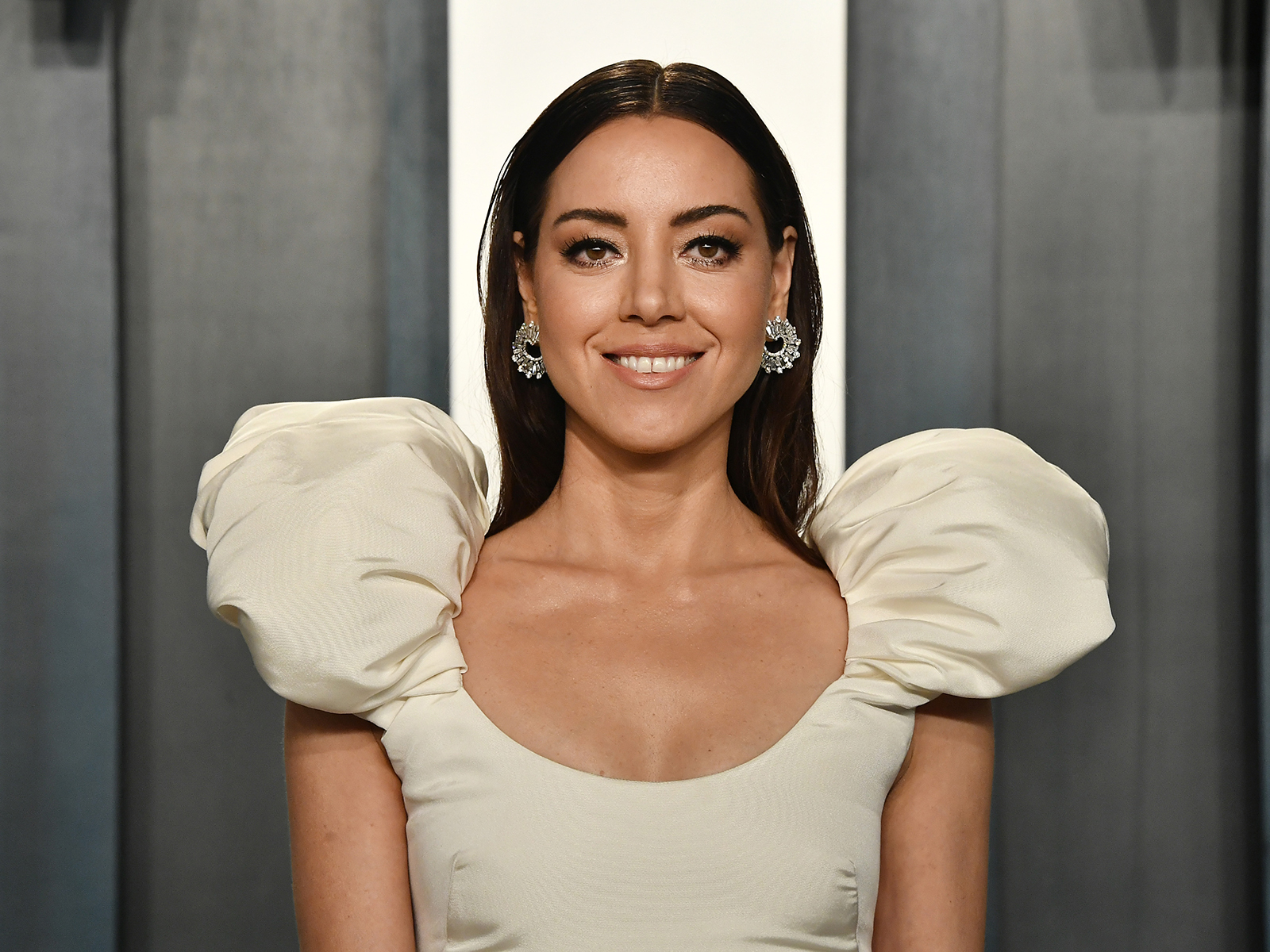
- Interviews
Aubrey Plaza on “Black Bear”
Nurtured in sketch and improve comedy, Aubrey Plaza, an NYU Tisch School of the Arts graduate first appeared on the comedic radar playing Seth Rogen’s love interest in 2009’s Funny People. Subsequently, the Delaware native notched roles in Scott Pilgrim vs. the World, Safety Not Guaranteed, Mike and Dave Need Wedding Dates, and Child’s Play, a reboot of the killer doll Chucky franchise. Her latest endeavor, Black Bear, is a complex comedy-drama-thriller written and directed by Lawrence Michael Levine.
If you ever go to a museum and see an abstract painting, standing on the right side of the canvas you make one impression, and then moving to the left side, you can form a whole other opinion. That was the viewpoint of Black Bear. What you first see is not what you think.
It was beyond interesting and exciting to read something where I could potentially play two characters in a movie. That is not something that comes along every day. Along with Christopher and Sarah, it was so exciting to work on these two separate parts and then weave them together. It was a challenge that we all wanted.
Allison does have this duality. One side we see is passive and then we roar into her assertiveness. Which of those personas resonated stronger with you?
I think I am definitely a pot-stirrer. I have heard that term used about my character in Black Bear. When something kind of off is happening or tense, I am very interested in human behavior and so I am pushing buttons and taking people to the brink. I am less passive-aggressive than people think I am. I am less dramatic as well. I am not into confrontations. I will just go hide behind a tree.
Part of the intrigue of this film is watching a film being made inside a film. We see a lot of volatility and manipulation. How accurate is that and are there times, when you do need it to coax out a performance?
I think it depends on the part and the film. I don’t think it is something anyone necessarily needs but it doesn’t hurt. For this one, it helps. The tension and challenges we were up against created this energy that was dark. I don’t think it is always totally necessary.
How much did you enjoy the theatrical aspect of a single location?
We were completely isolated in the woods in the Adirondacks. We were essentially off the grid. We didn’t have good cell service or Wi-Fi. We were completely isolated. The script is written like a play. So, we approached it like a play and we thought that was the most interesting version of the film. We approached it like a play but shot it as a movie. We were a strange troupe in the middle of the woods making art.
When we first meet Allison, she escapes to this cabin to find a retreat for her art. Where does Aubrey go to artistically energize?
I am a water person. I grew up in Delaware near the ocean. I could sit on the beach all day long and be happy. I am subdued by the ocean. The sun is very healing for me. That is part of my Puerto Rican heritage. I need to be in the elements. I also love the forest as well. Nature for me is definitely where I need to gravitate to recharge myself.
You also appear in The Happiest Season. How important is a movie like that in which we witness a lesbian couple as protagonists in a romantic comedy?
The reactions speak for themselves. We have all had an uncertain year and shared this collective trauma of the pandemic. There is such a comfort about this film and people have responded to that. It reminds us of the movies we grew up watching about the holidays. The queer element of the film sends a message that this kind of representation is what people want. It is meaningful for people on so many levels. Yes, it is a cute holiday movie but also a love story with two queer women that is backed by a big studio. We needed that and the movie felt like an exhale in a way. Here we have a mainstream movie about two women falling in love. It is normalized and we need to keep going with that.

